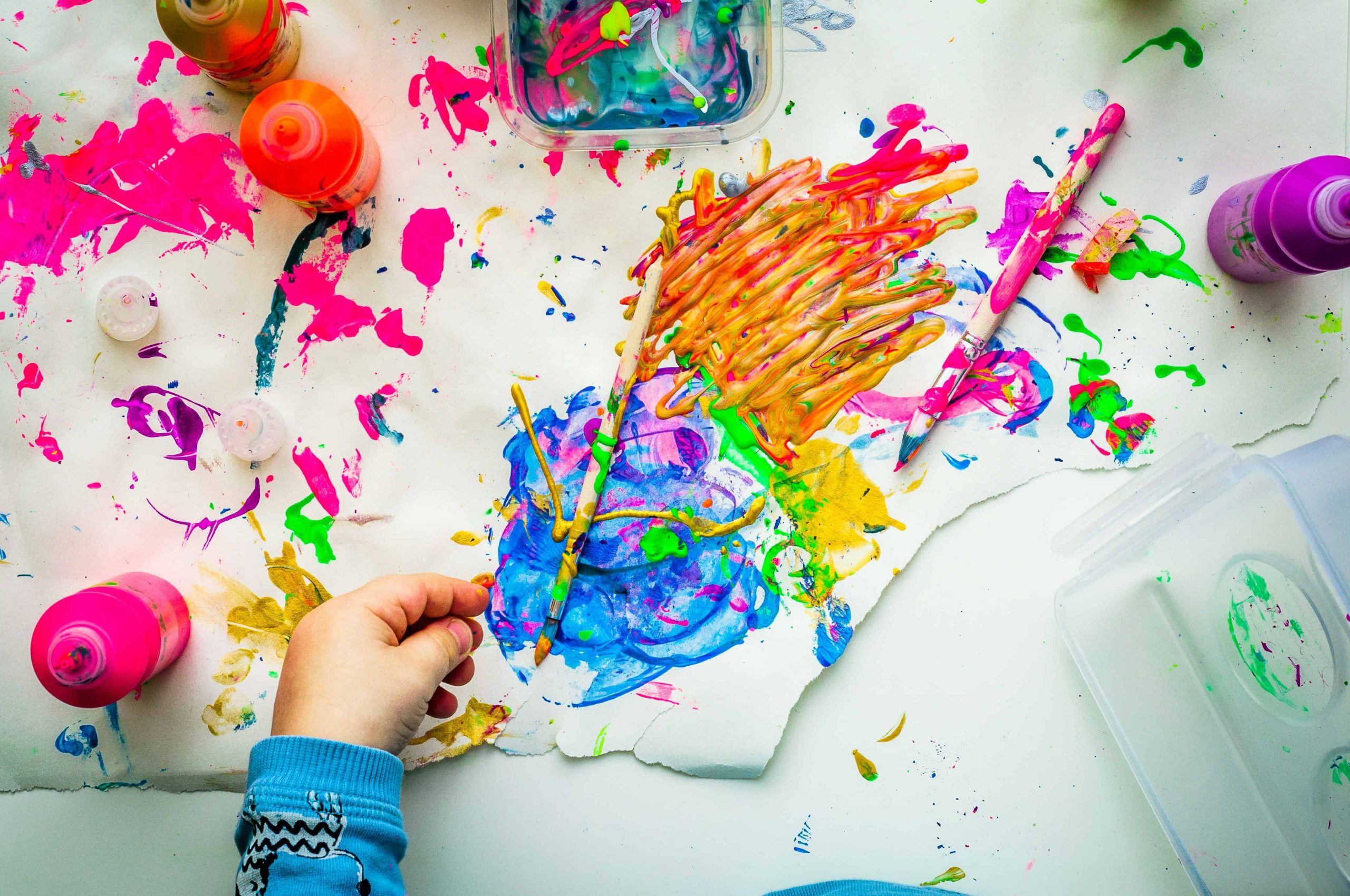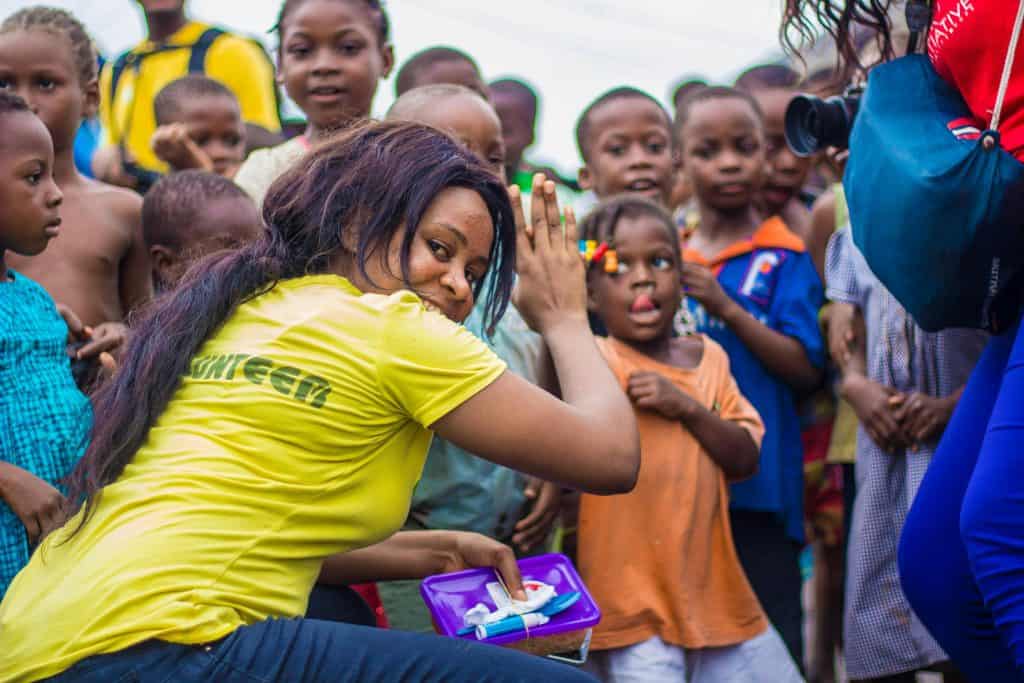
10 Apr Art Education and Community Outreach Programs in 2024
Art education and community outreach programs serve as vital conduits for fostering creativity, expression, and social cohesion within communities. These initiatives not only enhance individual skills but also create platforms for cultural exchange and community empowerment. In this article, we explore the significance, benefits, challenges, and examples of art education and community outreach programs across three generations. Art education and community outreach programs encompass initiatives designed to engage individuals and communities through creative expression. In a world where creativity and connectivity are paramount, these programs serve as bridges, bringing people together through shared artistic experiences. The importance of art in society cannot be overstated; it enriches lives, fosters empathy, and inspires change.
Benefits of Art Education and Community Outreach Programs

Photo by Yogendra Singh
Individual Benefits
Participation in art programs offers individuals a multitude of benefits. Firstly, these programs foster enhanced creativity by providing avenues for exploration and experimentation, stimulating imagination, and encouraging innovative thinking. Whether through painting, sculpting, or other mediums, individuals have the opportunity to unleash their creative potential. Additionally, engagement in art promotes improved communication skills. Through both visual and verbal mediums, individuals refine their ability to articulate thoughts and ideas, effectively conveying messages to others. Moreover, artistic expression serves as a powerful tool for promoting emotional well-being. By providing a cathartic outlet, art allows individuals to explore and express their emotions, thereby promoting mental health and self-awareness. Overall, participation in art programs not only cultivates creativity and communication but also contributes to holistic well-being.
Community Benefits
Art programs offer numerous benefits to communities, fostering social cohesion as one of the primary advantages. Art has a unique ability to break down barriers and unite people from diverse backgrounds, creating a sense of belonging and shared purpose. Through collaborative projects and events, individuals come together to celebrate creativity and cultural diversity, strengthening community bonds. Furthermore, art serves as a vehicle for cultural exchange, allowing communities to share their stories, traditions, and values. This exchange enriches collective experiences, promoting understanding and appreciation of different perspectives. Additionally, art plays a vital role in community empowerment by revitalizing public spaces and transforming them into vibrant hubs of creativity and expression. By engaging in art projects that beautify and enliven neighborhoods, communities develop a sense of pride and ownership, fostering a deeper connection to their surroundings. In summary, art programs contribute significantly to the social fabric of communities, promoting unity, cultural exchange, and empowerment.
Examples of Art Education and Community Outreach Programs

Photo by Lagos Food Bank Initiative
In-school Programs
In-school art programs play a crucial role in enriching students’ educational experiences and fostering creativity. Artist residencies represent one such initiative, where professional artists collaborate with schools to offer hands-on artistic experiences. Through these partnerships, students have the opportunity to learn from practicing artists, gaining insight into various techniques and artistic processes. Additionally, after-school art clubs provide students with extracurricular opportunities to explore different art forms in a relaxed and supportive environment. These clubs often encourage experimentation and self-expression, allowing students to develop their artistic skills and interests outside of traditional classroom settings. Moreover, integrating art into academic subjects enhances learning and engagement across the curriculum. By incorporating visual arts, music, theater, and other creative disciplines into lessons, educators can spark students’ imagination and promote interdisciplinary connections. Overall, in-school art programs, including artist residencies, after-school clubs, and curriculum integration, play a vital role in nurturing students’ artistic talents and fostering a lifelong appreciation for the arts.
Out-of-school Programs
Out-of-school art programs provide invaluable opportunities for individuals to engage with the arts beyond the confines of traditional educational settings. Community art centers serve as dynamic hubs where aspiring artists can explore their creative passions through a variety of offerings such as workshops, exhibitions, and access to studio spaces. These centers provide a supportive environment where individuals of all ages and skill levels can immerse themselves in artistic endeavors, fostering growth and expression. Additionally, workshops offered by these centers cater to diverse interests and skill levels, offering short-term programs that encourage experimentation and skill development. These workshops serve as catalysts for creativity, empowering participants to explore new techniques and approaches in their artistic practice. Furthermore, public art projects represent collaborative initiatives that beautify public spaces and promote community dialogue. By engaging local artists and community members, these projects contribute to the cultural vitality of neighborhoods while fostering a sense of pride and ownership among residents. Overall, out-of-school art programs play a pivotal role in democratizing access to the arts, nurturing creativity, and enriching community life.
Programs for Specific Populations
Tailored art programs for underserved communities, seniors, and veterans address specific needs and foster inclusion and well-being. They provide marginalized groups access to arts education, promoting self-expression and skill development. For seniors, art therapy and enrichment programs promote cognitive health and social connection, while creative arts initiatives aid in rehabilitation and healing for veterans coping with trauma. These programs offer opportunities for individuals to explore emotions, memories, and experiences through artistic mediums, fostering resilience and empowerment. By recognizing and addressing the unique needs of these populations, tailored art initiatives contribute to building more resilient and connected communities.

Photo by Daian Gan
Conclusion
Art education and community outreach programs are indispensable in nurturing creativity, fostering community cohesion, and enriching lives. These initiatives offer individuals avenues for self-expression, personal growth, and skill development, while simultaneously creating vibrant, inclusive communities. Through in-school programs such as artist residencies and after-school clubs, out-of-school offerings provided by community art centers, and tailored initiatives for specific populations like seniors and veterans, art programs transcend boundaries, promoting cultural exchange, empowerment, and healing. Investing in these programs is essential for cultivating empathy, resilience, and interconnectedness in our society. By recognizing and supporting the transformative power of art, we pave the way for a more vibrant, inclusive future where creativity thrives and communities flourish.
Key Takeaway
Main Points | Significance and Benefits | Challenges and Considerations |
Individual Benefits | Enhanced creativity through exploration and experimentation | Limited accessibility for some individuals, hindering inclusion |
Improved communication skills through visual and verbal mediums | Balancing the promotion of creativity with structured learning | |
Artistic expression as a tool for promoting emotional well-being | Ensuring diverse representation and inclusivity in program content | |
Community Benefits | Fosters social cohesion and a sense of belonging | Challenges in sustaining long-term community engagement |
Facilitates cultural exchange, understanding, and appreciation | Balancing the integration of art with community development goals | |
Plays a vital role in community empowerment through revitalization | Addressing potential gentrification concerns in art projects | |
Examples of Programs | In-school Programs | Out-of-school Programs |
Artist residencies offering hands-on experiences | Community art centers as dynamic hubs for artistic exploration | |
After-school art clubs for extracurricular creativity | Workshops and exhibitions catering to diverse interests | |
Integration of arts into academic subjects for interdisciplinary learning | Public art projects enhancing community dialogue | |
Programs for Specific Populations | Tailored programs for underserved communities, seniors, and veterans | Ensuring accessibility and accommodation for specific needs |
Arts education promotes self-expression and skill development | Addressing potential stigma or resistance within specific groups | |
Art therapy and enrichment for seniors’ cognitive health | Continuous evaluation and adaptation based on the unique needs |
FAQs
What are the primary benefits of participating in art education and community outreach programs?
Participation in art education and community outreach programs offers numerous benefits, both for individuals and communities. Firstly, individuals experience enhanced creativity through exploration and experimentation in various artistic mediums. Additionally, engagement in art fosters improved communication skills, as individuals learn to articulate thoughts and ideas visually and verbally. Moreover, participation in art programs promotes emotional well-being by providing a cathartic outlet for expressing and processing emotions. For communities, these programs foster social cohesion, cultural exchange, and community empowerment, creating vibrant hubs of creativity and expression.
Can you provide examples of art education and community outreach programs?
Certainly! Art education and community outreach programs come in various forms and serve diverse populations. In-school programs such as artist residencies, after-school art clubs, and curriculum integration initiatives enrich students’ educational experiences and foster creativity. Out-of-school programs offered by community art centers provide opportunities for individuals of all ages and skill levels to engage with the arts through workshops, exhibitions, and public art projects. Moreover, tailored programs for specific populations, including underserved communities, seniors, and veterans, address unique needs and promote inclusion, well-being, and healing through artistic expression.
How do art education and community outreach programs contribute to societal well-being and interconnectedness?
Art education and community outreach programs play a crucial role in nurturing creativity, fostering community cohesion, and enriching lives. These initiatives provide individuals with avenues for self-expression, personal growth, and skill development, while simultaneously creating vibrant, inclusive communities. By promoting cultural exchange, empowerment, and healing, art programs transcend boundaries and contribute to building more resilient and connected societies. Investing in these programs is essential for cultivating empathy, resilience, and interconnectedness, paving the way for a more vibrant, inclusive future where creativity thrives and communities flourish.
Discover the complex process of choosing and “Curating Art for Virtual Exhibition Tours”, providing insights on how to get the most impact and interaction from digital platforms.

